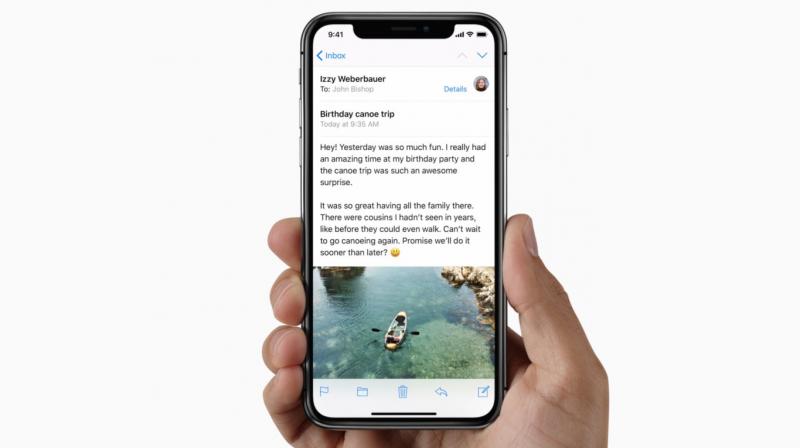Are swipe gestures the future of Android's navigation system?

Recently, OnePlus rolled out their Oxygen OS Open Beta 3 for the OnePlus 5 and OnePlus 5T. Out of various bug fixes for various issues and other new Oreo features, OnePlus has included a new gesture-based navigation system for its latest flagships. The new gestures may not be as unique and different as the Apple iPhone X, but completely replace the navigation bar at the bottom of the OnePlus phones. Not long ago, Xiaomi also expressed similar plans for their narrow-bezel smartphones with MIUI 9 Beta versions. Does this mark the start of the button’s death on a smartphone?
Navigation buttons have been a part of the debate since the touchscreen became a reality on mobile phones. Android in its previous iterations offered a choice of minimum four buttons, which later trickled down to the popular three — Back, Home and App Switcher. Since then, they have been an indispensable part of all Android phones, regardless of their make. An Android user needs this to perform any operation on the phone. Android’s navigation buttons have either been existing as capacitive keys or as on-screen buttons.
Lately, big 18:9 displays have been arriving on smartphones, making them taller. This has made it harder to reach the bottom of the screen while managing others sections of the display. In fact, with 18:9 displays, single-handed usage has become nearly impossible. We recently tested some of the latest smartphones in the market with 18:9 displays and we had a tough time navigating on these, especially while browsing social media timelines.
Gestures have always been an easier option to perform certain functions on your phone. If you use a Xiaomi, Honor or any other brand that offers custom ROMs on their smartphones, you will notice that certain swipe-based gestures make life easier. For example, simply swiping down anywhere on MIUI’s home screen will bring down the notification shade, which is easier than going all the way up to the top of the screen. Similarly, double tapping the home screen on some other custom ROMs will lock the screen or open another menu. We have seen the iPhone X being more practical in everyday usage scenarios and we feel that gesture-based navigation on Android phones will make the most efficient utilisation of its touchscreen interface, liberating more space for useful elements.
With the iPhone X, Apple proved that the world can live without dedicated buttons on smartphones taking up the valuable display real estate. The Android universe is trying to replicate the same. However, the gesture-based navigation system has to built-in to the core of Android by Google. The current iteration of Android and apps are meant to rely on the navigation buttons, which could challenge the gesture navigation built in custom ROMs. We will have to wait and see how OnePlus’ and Xiaomi’s final software builds will incorporate next-generation UI navigation on an interface that is meant to rely on touch buttons alone. Will they be as slick and practical as Apple’s method? Express your thoughts in the comments.

